Angraecum distichum All you Know And Then Some
cattleya17
15 years ago
Featured Answer
Sort by:Oldest
Comments (8)
smwboxer
15 years agolast modified: 9 years agoRelated Professionals
Mount Wilson Landscape Architects & Landscape Designers · Brentwood Landscape Contractors · Pelham Landscape Contractors · Bloomington Landscape Contractors · Elkridge Landscape Contractors · Louisville Landscape Contractors · Placerville Landscape Contractors · Rio Linda Landscape Contractors · South Lake Tahoe Landscape Contractors · Vineyard Landscape Contractors · Homewood General Contractors · Manalapan General Contractors · Parkersburg General Contractors · Roseburg General Contractors · Signal Hill General Contractorshighjack
15 years agolast modified: 9 years agomrbreeze
15 years agolast modified: 9 years agocattleya17
15 years agolast modified: 9 years agohighjack
15 years agolast modified: 9 years agobcfromfl
15 years agolast modified: 9 years agocjwatson
15 years agolast modified: 9 years ago
Related Stories
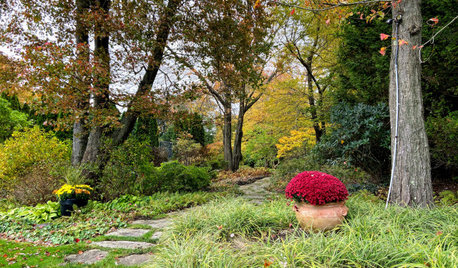
GARDENING GUIDES4 Elements of a Stunning Fall Garden
Late summer is a good time to look beyond trees to create an autumn landscape that draws the eye and stirs the soul
Full Story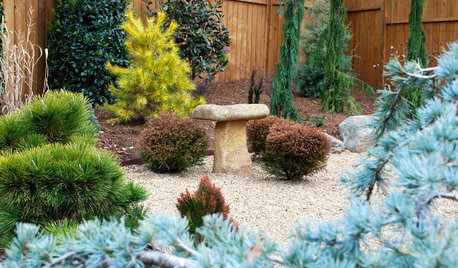
PLANTING IDEASDesigning With Conifers: Personality and Form in the Garden
Unique and full of interest, well-shaped conifers await a place your yard
Full Story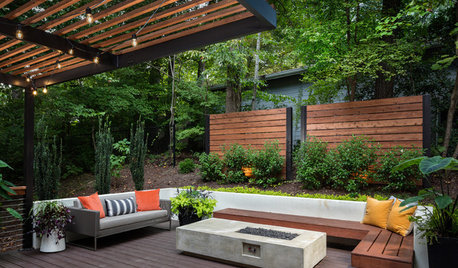
GARDENING AND LANDSCAPING8 Rot-Resistant Woods for Your Outdoor Projects
No need for chemical treatments on your deck or pergola. These woods stand up to weather, insects and time beautifully on their own
Full Story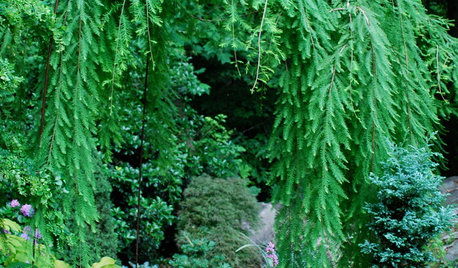
LANDSCAPE DESIGNThe Weepers and the Creepers: 10 Intriguing Trees for Your Garden
Bring something a little different to your landscape with a tree that dives, twists or crawls
Full Story
TREESHow to Buy Healthy Trees and Shrubs
A healthy young plant with a strong form is more likely to do well in your yard. Here’s what to look for at the nursery
Full Story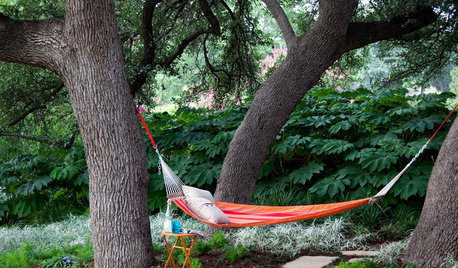
GARDENING GUIDES8 Essential Native Shade Trees for the U.S. Southeast
These beauties provide cool shade in the summer and easily withstand the heat and humidity of the South
Full Story
SIDE YARD IDEASNarrow Trees for Tight Garden Spaces
Boost interest in a side yard or another space-challenged area with the fragrance and color of these columnar trees
Full Story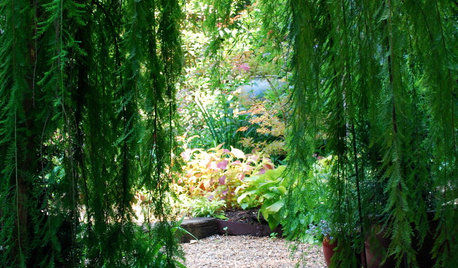
LANDSCAPE DESIGNTo Make Your Garden Memorable, Add a Hint of Mystery
An element of mystique — intriguing gates, an interplay of light and shadow, hidden views — can take your garden to the next level
Full Story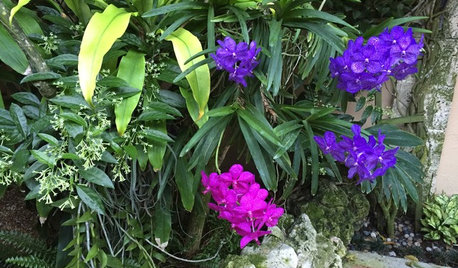
INSPIRING GARDENSThe Garden That Orchids Built
The owners of a famous orchid nursery create a sanctuary for themselves in South Florida
Full Story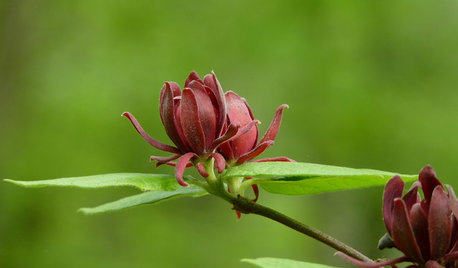
GARDENING GUIDESGreat Design Plant: Calycanthus Floridus
This U.S. native plant — also called Eastern sweetshrub, Carolina allspice and strawberry shrub — is an aromatic and a visual treat
Full StorySponsored
Industry Leading Interior Designers & Decorators in Franklin County
More Discussions









cjwatson